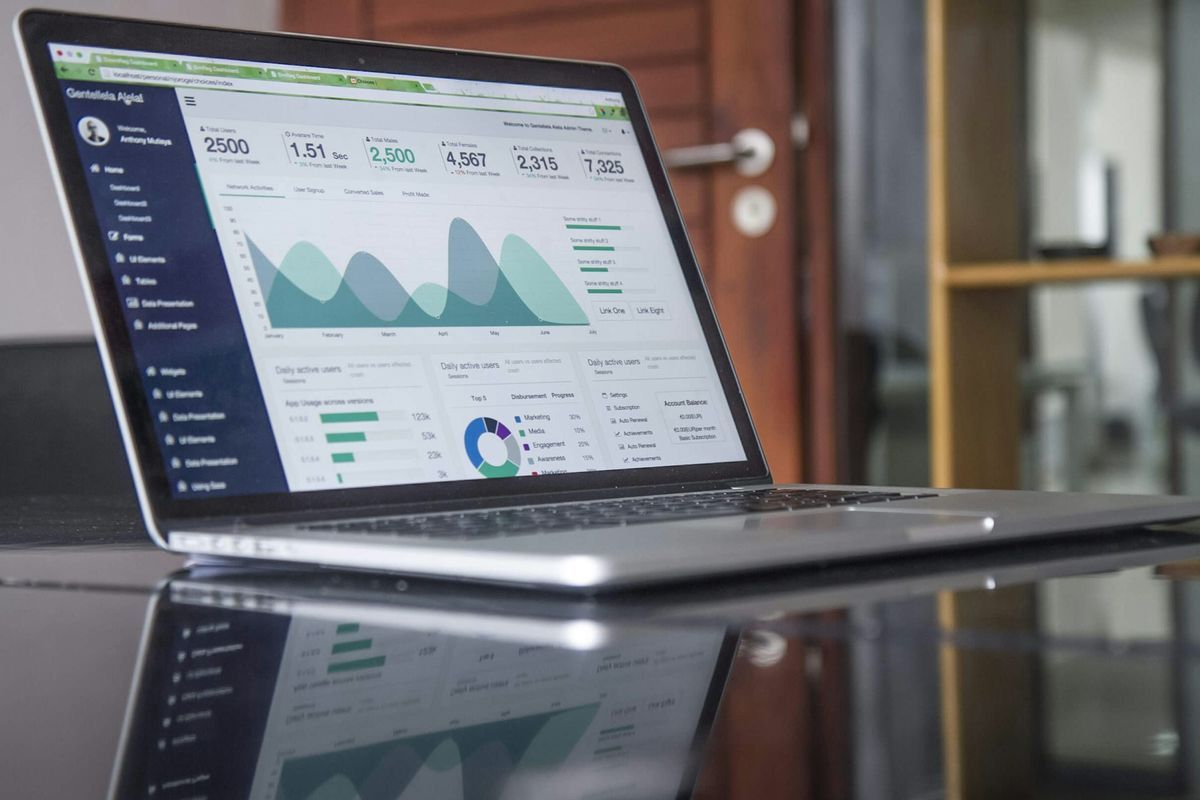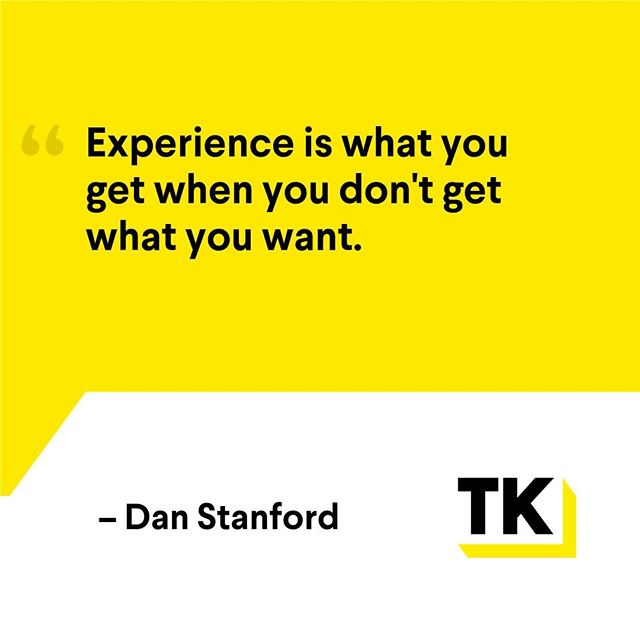Every click and interaction matters, and the choice between using a Landing Page or a Homepage can be pivotal for your SaaS business’ online presence. These two digital elements are essential to your website and serve varying purposes. Each holds their own sets of advantages and considerations.
As a SaaS Founder, your digital storefront plays a critical role in attracting, engaging, and converting potential customers. Understanding the fundamental differences between a landing page and homepage is important for optimizing your user experience and achieving your online goals.
But, when should you use a Landing Page vs. just linking to the Homepage of your website? Which one is better for growth?
In this blog, we’ll highlight the 5 key differences between a Landing Page and the Homepage of your website. Each differentiating factor should help you understand when to use a landing page, and when not to. When you understand these differences and use each effectively, you can accelerate the growth of your SaaS business.
What is a Landing Page?
A landing page is a specially designed web page with a SINGULAR focus: to capture the attention of visitors, and encourage a specific action through a Call-To-Action (CTA). Your landing page serves as a crucial element in digital marketing campaigns. It is the entry point for individuals who click on an AD, email link, or social media post.
Landing pages are meticulously designed to only provide relevant information about what you are offering. An effective landing page is characterized by clear and compelling content that guides visitors towards your intended conversion goal.
What is a Homepage?
The Homepage of your website is the central and often, the first page that visitors encounter when they navigate to your website’s domain. It serves as the front door, providing an overview and introduction to your website’s content and purpose.
Typically, a homepage includes navigation menus and links to key sections or pages within your site. It also features important announcements, promotions, or highlights. Your homepage should succinctly show what your SaaS business offers, setting the tone for the entire website.
The 5 Key Differences
Although they can be mistaken as similar entities, landing pages and homepages both serve vastly different purposes within your SaaS business website. While your landing pages are streamlined and designed to drive specific conversion actions, homepages are more comprehensive and informational. Knowing and understanding these differences will help you decide which of the two you need to use, and when to use them. Here are the top 5 key differences between a landing page and a homepage.
1. Differentiating Goals
The goals of your landing page and homepage are fundamentally distinct. A landing page is crafted with ONE focused objective. The ultimate goal of your landing page is to convert a visitor into a lead, customer, or subscriber by encouraging them to complete a desired action through a CTA. Typically, you are promising something of value to your visitors in exchange for their name and contact information.
On the other hand, your homepage serves as the central hub of your website. The primary purpose of a homepage is to encourage users to explore the website further. Here you are telling the story of your brand and allowing visitors to build a connection with your SaaS business.
While a landing page prioritizes conversions, a homepage focuses on offering a well-rounded introduction to your website’s information and your SaaS product.
2. Paid Traffic vs. Organic Traffic
A landing page is hyper-optimized to get a return on investment. When you are driving any type of paid traffic and you need to see that ROI, you want to lead that traffic towards a landing page. When you lead paid traffic to a landing page, the ROI you will be receiving is the visitor’s name and contact information.
If you are getting organic traffic from searches, talking on a webinar, speaking at a conference, etc. you will want to send them to the homepage of your website. This maximizes the chances of visitors finding something that resonates with them, keeping them engaged.
3. Linking Structure
A huge distinction between a landing page and homepage lies in their linking structure. A well-designed landing page should refrain from providing any links or navigation options to other pages of the website. This keeps visitors’ focus squarely on the specific CTA on the landing page; minimizing distractions and maximizing the chances of conversion.
In contrast, your homepage serves as the gateway to all other pages. Its core function is to provide comprehensive navigation. Your homepage should feature menus, links, and pathways to various other pages so your visitors can easily explore all the content throughout the website.
For example: Your website will link to an exclusive 5-Point Strategy Guide, or manifesto. Once visitors are on the landing page to access the guide, there shouldn’t be any other links directing visitors away.
4. Offer vs. Narrative
Your landing page and homepage employ different strategies when it comes to their content. Landing pages are hyper-focused on promoting one specific offer or CTA. The content is streamlined and designed to entice visitors to take immediate action.
Your website homepage acts as a storyteller, pitching a broader narrative about your SaaS business. It introduces your overall mission, values, and the SaaS solution you are offering. Here you share what your SaaS company is about and how you serve your customers.
5. Location
Lastly, one of the biggest differences between a landing page and homepage is where they are located on your website. Your landing page is a standalone page, often residing outside the main navigation of your website. It serves as the sole entry point for visitors who have clicked on an AD, email, or social media link. This allows visitors to be immediately exposed to content related to your marketing campaign’s objectives.
On the other hand, the homepage is the forefront and central piece of your entire website. It serves as the primary entry point for all visitors at any given time.
There’s a recurring theme throughout all these key differences: Landing pages are solo, singular, and separate. Homepages connect and branch out to every other part of your SaaS website.
Why do Landing Pages Convert More?
When your landing page is focused on one singular goal, that fixation drives traffic towards conversion. These pages eliminate distractions, making it easier for visitors to make a well-informed decision. Because the homepage serves a broader purpose, the entirety of your website’s content can dilute the conversion focus. While your homepage plays a crucial role in guiding users through the website, landing pages are precisely designed to drive users towards a specific action.ARVE Error: src mismatch
url: https://www.youtube.com/watch?v=t3jdTXusD8E
src in: https://www.youtube-nocookie.com/embed/t3jdTXusD8E?feature=oembed&enablejsapi=1&origin=https://www.tkkader.com
src gen: https://www.youtube-nocookie.com/embed/t3jdTXusD8EActual comparison
url: https://www.youtube.com/watch?v=t3jdTXusD8E
src in: https://www.youtube-nocookie.com/embed/t3jdTXusD8E?enablejsapi=1&origin=https%3A%2F%2Fwww.tkkader.com
src gen: https://www.youtube-nocookie.com/embed/t3jdTXusD8E
In Conclusion
The comparison between landing pages and your website homepage highlights the importance of understanding their individual roles when it comes to your SaaS website. Landing pages shine in their ability to drive conversions through laser-focused, distraction free user experience. They excel at capturing visitor’s attention and encourage immediate action. Conversely, homepages play a broader, more informative role by welcoming visitors into the entirety of your SaaS website’s offerings. Both are essential components of a successful online presence. Knowing when and how to leverage each one can significantly impact the effectiveness and growth of your SaaS business.
If you are a SaaS Founder/CEO and you are struggling to create high converting landing pages for your website, I invite you to check out my 5-Point SaaS Growth Strategy Guide below.












